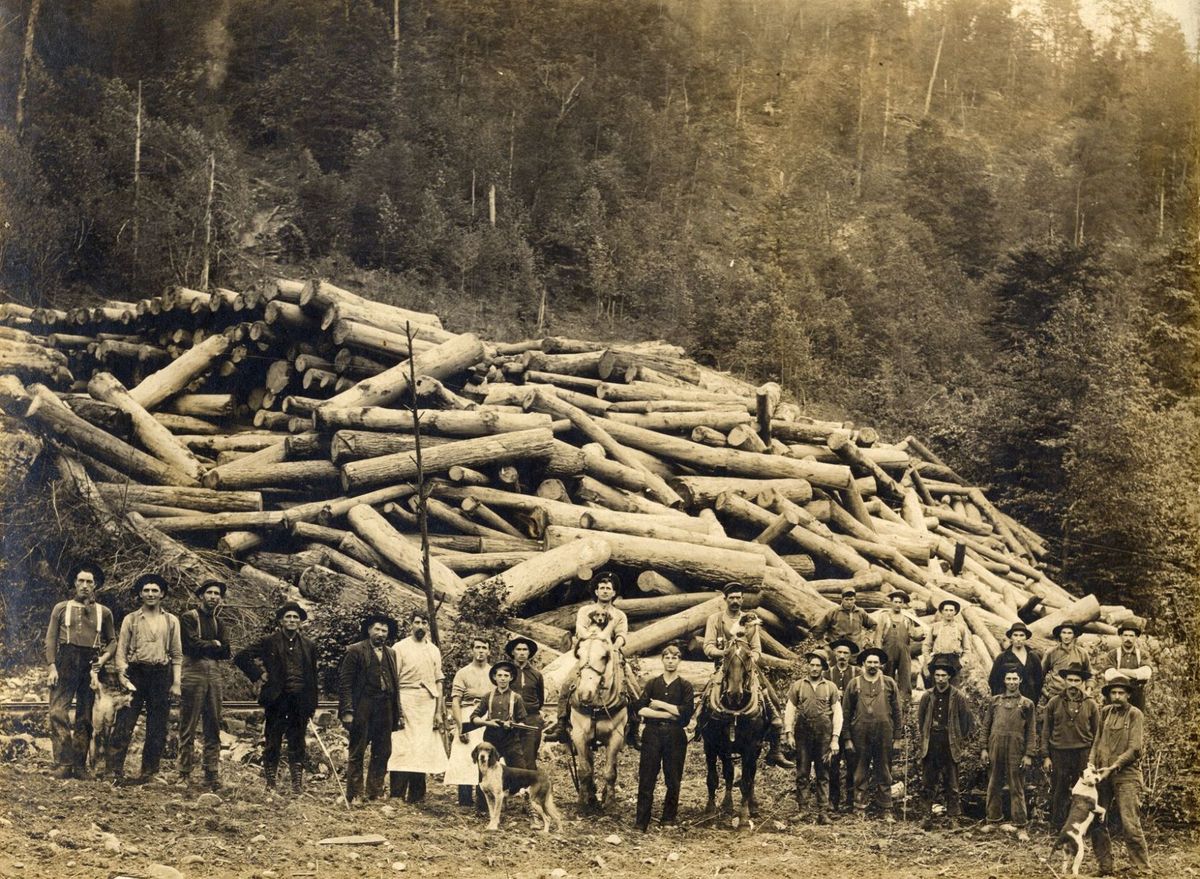Secrets Of West Virginia’s Ghost Lumber Towns

Have you ever wondered about the ghost lumber towns of West Virginia? These forgotten places once thrived with the sounds of sawmills and bustling communities. Today, they stand as eerie reminders of a bygone era. Exploring these towns offers a unique glimpse into the past, where nature has reclaimed what was once a booming industry. Imagine walking through abandoned buildings, hearing whispers of history in the wind. Whether you're a history buff or just love a good mystery, visiting these ghost towns can be an unforgettable adventure. Ready to step back in time and uncover the secrets of West Virginia's ghost lumber towns? Let's go!
Hidden History of West Virginia's Ghost Lumber Towns
West Virginia's ghost lumber towns hold secrets of a bygone era. These towns, once bustling with life, now stand as silent witnesses to the past. Let's uncover the stories behind these forgotten places.
1. Cass
Cass, once a thriving lumber town, now serves as a state park. The Cass Scenic Railroad offers a glimpse into the past with its historic steam engines. Visitors can explore restored company houses and the old mill.
2. Richwood
Richwood, known as the "Gateway to the Monongahela National Forest," was a major lumber hub. The town's history is preserved in the Richwood Heritage Center. Hiking trails and scenic views attract nature lovers today.
3. Thurmond
Thurmond, a ghost town along the New River, was once a bustling railroad town. The National Park Service maintains the historic district, offering guided tours. The town's abandoned buildings tell tales of its vibrant past.
4. Spruce
Spruce, located in the Monongahela National Forest, was a remote lumber town. The town's remnants can be found along the West Fork Rail Trail. Hikers and bikers can explore the area's natural beauty and history.
5. Elkins
Elkins, a former lumber town, now thrives as a cultural hub. The town hosts the Mountain State Forest Festival, celebrating its timber heritage. Visitors can enjoy arts, music, and outdoor activities.
6. Durbin
Durbin, nestled in the Greenbrier River Valley, was a key lumber town. The Durbin & Greenbrier Valley Railroad offers scenic train rides. The town's history is showcased in the Durbin Depot Museum.
7. Davis
Davis, surrounded by the Allegheny Mountains, was a booming lumber town. The town's history is preserved in the Blackwater Falls State Park. Outdoor enthusiasts can enjoy hiking, fishing, and stunning waterfalls.
8. Parsons
Parsons, located along the Cheat River, was a significant lumber town. The town's history is celebrated during the annual Parsons Heritage Festival. Visitors can explore the nearby Monongahela National Forest.
9. Marlinton
Marlinton, situated in the heart of Pocahontas County, was a lumber hub. The town's history is preserved in the Pocahontas County Historical Society Museum. The Greenbrier River Trail offers scenic views and outdoor activities.
10. Webster Springs
Webster Springs, known for its mineral springs, was also a lumber town. The town's history is showcased in the Webster County Museum. Visitors can enjoy the natural beauty of the surrounding area.
11. Cowen
Cowen, a small town in Webster County, played a role in the lumber industry. The town's history is preserved in the Cowen Railroad Depot Museum. Outdoor activities like fishing and hiking attract visitors today.
12. Rainelle
Rainelle, once a bustling lumber town, now offers a glimpse into its past. The town's history is celebrated during the annual Rainelle Fall Festival. The surrounding area provides opportunities for outdoor recreation.
13. Quinwood
Quinwood, a former lumber town, is now a quiet community. The town's history is remembered through local stories and traditions. Visitors can explore the nearby Greenbrier River and scenic trails.
14. Rupert
Rupert, located in Greenbrier County, was a key lumber town. The town's history is preserved in the Rupert Depot Museum. The surrounding area offers outdoor activities like hiking and fishing.
15. Belington
Belington, situated along the Tygart Valley River, was a lumber hub. The town's history is showcased in the Belington Depot Museum. Visitors can enjoy the natural beauty of the nearby Audra State Park.
Discovering Hidden History
West Virginia's ghost lumber towns offer a unique glimpse into the past. These forgotten places tell stories of booming industries, hard-working communities, and eventual decline. Visiting these towns, like Cass and Thurmond, provides a chance to walk through history. You can see old buildings, abandoned railways, and remnants of a once-thriving life. Exploring these sites isn't just about seeing old structures; it's about connecting with the lives of those who lived there. The beauty of the surrounding nature adds to the experience, making it a perfect blend of history and outdoor adventure. Whether you're a history buff or just love exploring new places, these ghost towns are worth the trip. They remind us of the ever-changing nature of industry and community, and the stories that remain long after the people have gone.

